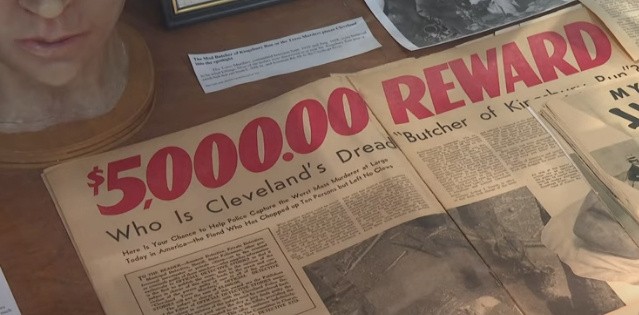
A serial killer, known as the "Mad Butcher", of Cleveland in the 1930s was infamous for strewing body parts all over the city, yet he was never caught by authorities.
Now, 90 years later, investigators and the Cuyahoga County medical examiner want to finally ID the bodies.
Among the most gruesome murders in Cleveland history, at least a dozen victims were decapitated and dumped in an area of the city then called Kingsbury Run, according to WKYC.
The medical examiner's office has taken on the task by joining forces with the nonprofit organization DNA Doe Project to potentially help reveal the victim's identities.
County Medical Examiner Dr. Thomas Gilson stated that the challenge begins with the difficulty of actually finding the victim's gravesites.
The team would then have to exhume the body in the hope that it would be preserved well enough to recover some DNA.
"It's one of the things we say in forensics: you never know what an exhumation's going to look like until you actually do it," Dr. Gilson continued.
"It's not like I do DNA and I suddenly get a name. That's not going to work."
"That's way off the charts," Dr. Gilson said.
"That's somebody, you know, you want to start looking for-an individual who's doing this."
The "Mad Butcher," also dubbed the "Torso Killer" managed to avoid getting caught for decades.
And 10 of the killer's known victims out of at least 12 have never been identified.
What's left of their bodies is buried in unmarked graves somewhere in Potter's Field in Highland Hills.
"We don't know who they are, you know?" Gilson explained.
"And I think that there's something fundamental in human nature that you kind of want to know who the person was that died."
Since the 1930s, science and technology have come a long way, which brings genetic genealogy into play.
The DNA Doe Project creates a profile for a victim using DNA tests and genealogy work to try to connect them to relatives to discover who they are.
"Giving a name to people who were just buried in an unmarked grave, that's meaningful to me," expressed Gilson.
The hope is that by identifying some of the victims, it may also lead to cracking the case of who the notorious "Torso Killer" is.
They plan to locate and exhume at least one of the victims before the ground freezes this winter.
© 2025 HNGN, All rights reserved. Do not reproduce without permission.









